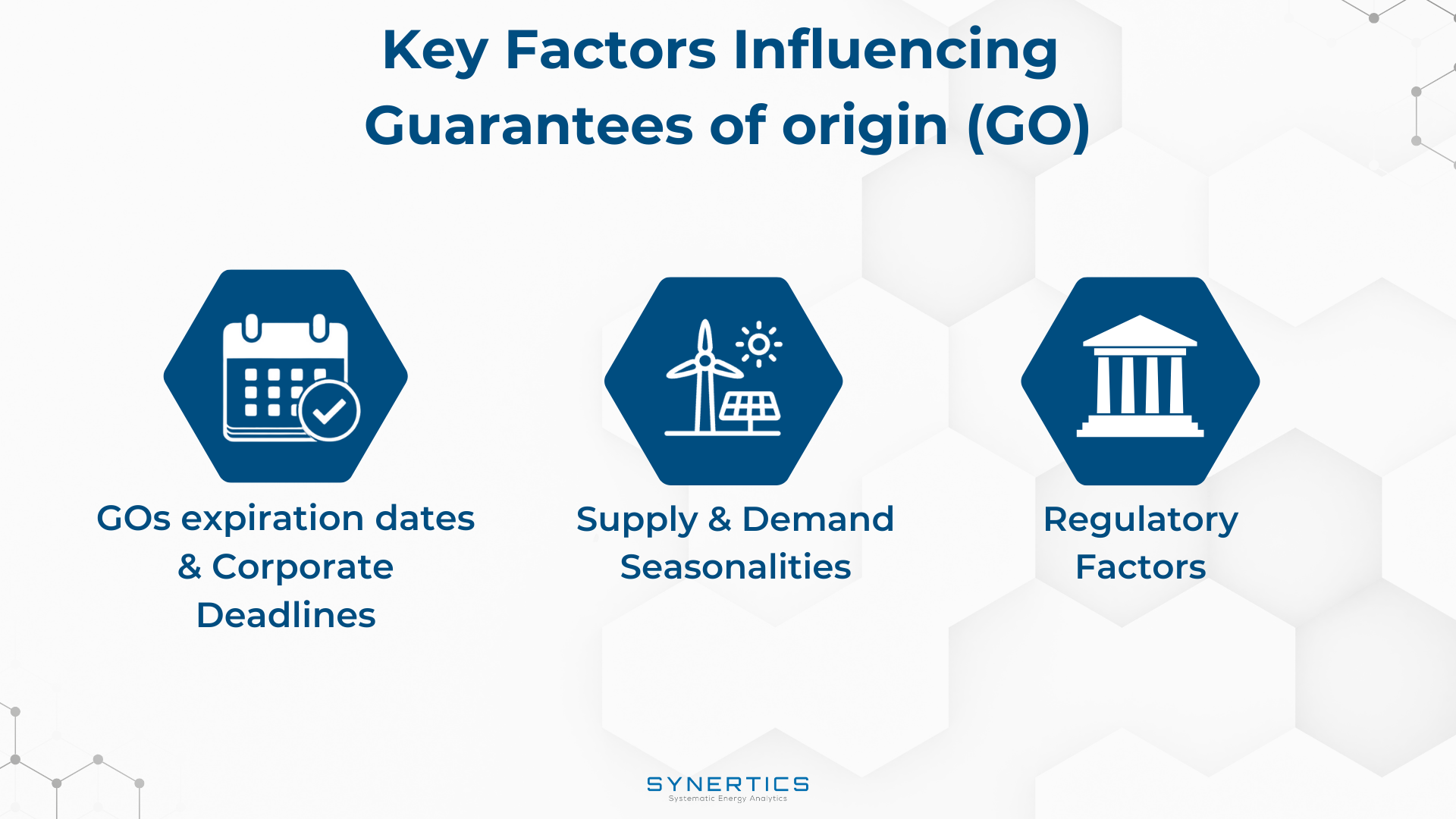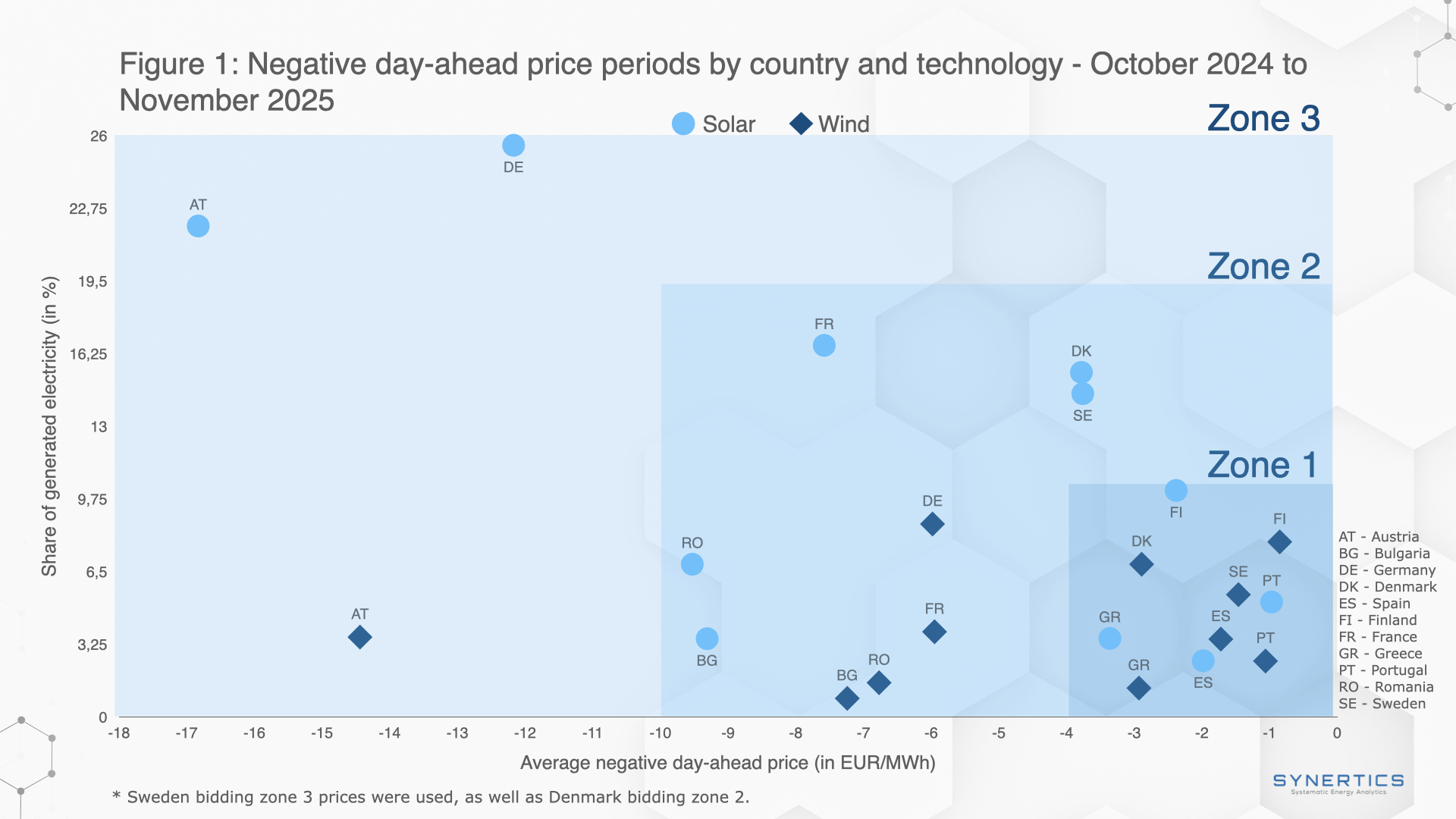Join us on our journey towards renewable energy excellence, where knowledge meets innovation.
As Europe propels itself into a renewable energy-driven future, BESS stands as a pillar for grid stability and efficiency.

As Europe makes strides in its transition toward a greater reliance on renewable energy sources, the challenges of maintaining a stable and efficient grid are becoming increasingly prominent. One technology that is evolving rapidly to meet these challenges in the European context is Battery Energy Storage Systems (BESS).
Battery Energy Storage Systems are becoming pivotal in managing electrical grids, particularly in Europe where the transition to renewable energy sources is well underway. These batteries can serve various purposes including grid stabilization, frequency and voltage control, and improving power quality.
One deployment model for BESS is "Front-of-the-Meter" (FTM), which is large-scale system generally connected directly to the electrical grid. They are used for providing ancillary services, alleviating peak demand, and improving overall grid efficiency.
Another model is "Behind-the-Meter" (BTM), which consists of smaller systems installed behind the meter, usually at residential or commercial properties. These are primarily used for storing locally generated energy, such as solar power, for later use and can also provide local grid support in case of outages or fluctuations.
Both FTM and BTM models play a vital role in modernizing and stabilizing European electrical grids, facilitating the integration of renewable energy sources and enhancing the efficiency and resilience of the overall system.
The EU has an ambitious plan to achieve zero carbon emissions across the block by 2050 and it has already recognized that energy storage is a key enabler to achieve this goal. According to the International Energy Agency (IEA), over $20 billion was invested globally in BESS in 2022. A significant majority, upwards of 65%, was earmarked for grid-scale projects. Projections for 2023 indicate that this investment is expected to reach an unprecedented $35 billion, driven by a backlog of ongoing projects and newly-minted governmental objectives.
Notably, the European Commission is in tune with this trend, having issued guidelines in March 2023 to expedite the incorporation of electric storage technologies across the European Union.
The European country at the forefront of battery technology today is the United Kingdom, which leads Europe in energy storage projects. This leadership has been driven by declining battery costs and shifts in public policy. In recent years, the UK's renewable energy generation has surged, mainly through its significant offshore wind program, which had over 10 GW of capacity in 2020, compared to just 1 GW in 2010. This increase in renewable sources is swiftly amplifying the need for grid flexibility.
As an example of this expansion in battery projects, Harmony Energy Ltd.’s BESS went live in the UK in November 2022 and is reported to be Europe's largest BESS in terms of megawatt-hours (MWh) to date.
The UK is also advancing in funding new storage technologies to maintain its leading position. Shortly after the Harmony project reached commercial operation, the UK Department for Business, Energy & Industrial Strategy announced that five energy storage projects across the country would benefit from a share of more than £32 million ($38 million) in government funding. This funding aims to support cutting-edge technologies capable of storing energy in various forms such as heat, electricity, or low-carbon energy carriers like StorTea Ltd.’s liquid flow battery and EDF UK R&D’s hydrogen storage, which uses a demonstrator with depleted uranium.
A study from Renewable UK emphasizes that the overall potential for battery initiatives has surged, going from 16.1 GW in 2020 to 32.1 GW in 2022. This remarkable growth is largely due to a legal change in December 2020. The amendment allowed local planning authorities to approve projects with capacities exceeding 50 MW in England and 350 MW in Wales. Before this change, such decisions were centrally made by the government, making the approval process more complicated and lengthy. Investment in the sector has further propelled this growth.
As renewable energy increasingly becomes a staple in Europe's energy matrix, the significance of BESS is poised for substantial growth. Looking ahead, several key considerations and challenges await:
| Expectations | Challenges |
|
Regulatory Adaptations: As BESS technologies evolve, so will the regulations that guide their implementation and operation. |
Costs and Scalability: As projects scale, financial and logistical concerns come into play. |
|
Technological Innovation: Advances in battery technology will provide more efficient, cost-effective solutions. |
Integration Complexity: Harmonizing BESS with existing grid infrastructure requires meticulous planning and execution. |
|
Grid Resilience: With increased penetration of renewables, BESS can play a pivotal role in enhancing grid reliability. |
Policy Alignment: With diverse energy policies across European nations, a unified strategy can be hard to achieve. |
In light of the European Union's ambitious goal of achieving climate neutrality by 2050, the importance of battery energy storage systems (BESS) has emerged, particularly as a cornerstone for the integration of renewable energies. To accelerate the widespread adoption and continued development of BESS, targeted investments, technological advances, and comprehensive scenario analysis are essential. BESS has the potential to serve as a hub for the future of renewable energy across Europe. We at Synertics also see that in the implementation of these projects it is crucial to use Advanced analytics for optimizing BESS operations, from predictive maintenance to real-time decision-making.
Synertics provides advisory services and develops digital data-driven solutions for the energy industry with the purpose of driving productivity and transferring knowledge.

Insights, Market-trends
15th Dec, 2025

Market-trends, Projects
27th Nov, 2025

Market-trends
21st Oct, 2025